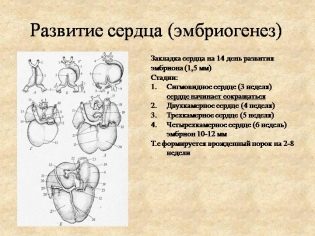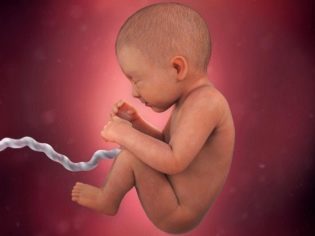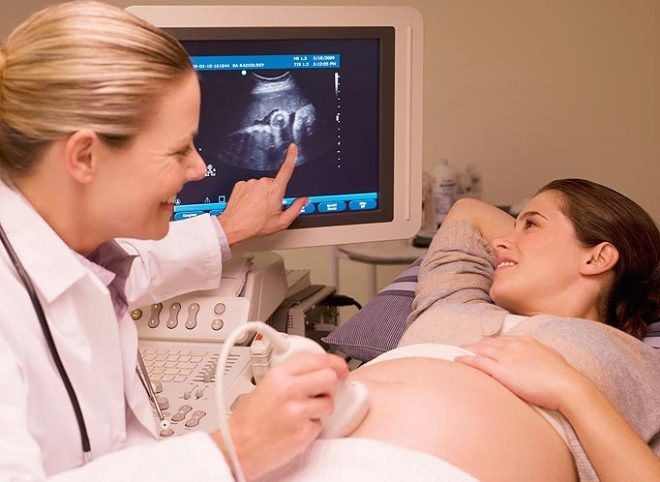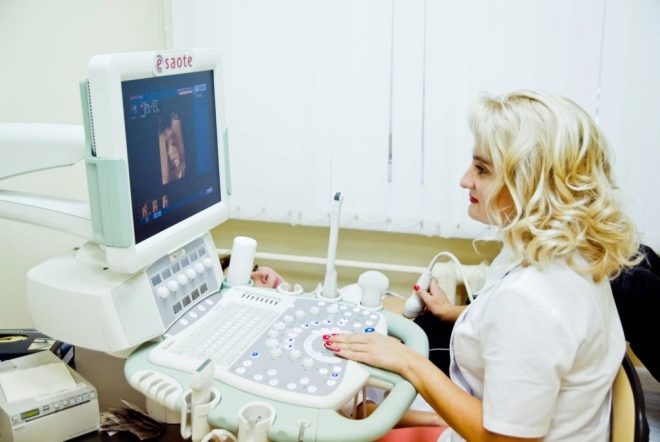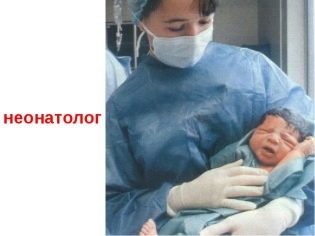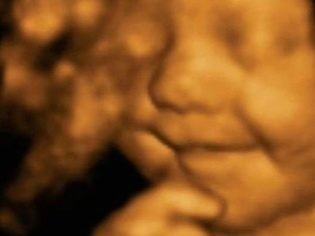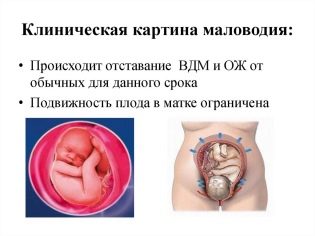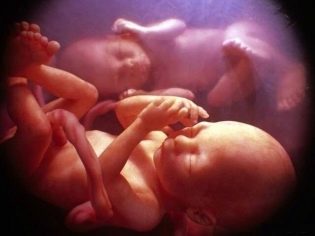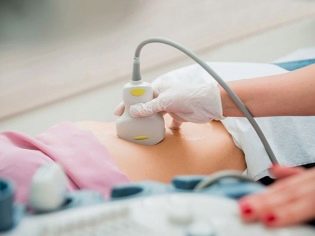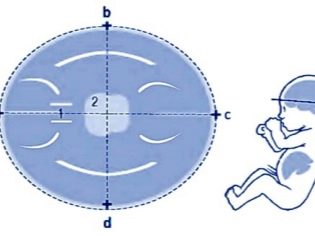Weight and other parameters of the fetus at 34 weeks gestation
In the last period before birth, the body size of the child is already quite large. Actively developing baby quickly gaining weight and growing in length. Determining the basic parameters of fetal body size at 34 weeks gestation is very important. It helps doctors to track various violations in a timely manner.
Features of the development of the baby
The final period of pregnancy is very important. This time - a kind of preparation for childbirth. This leads to the fact that changes in the work of many organ systems occur in both the mother and her baby.
By 34-35 weeks of pregnancy, the body of the fetus already formed enough. His nervous, cardiovascular and digestive systems are already beginning to show their work. Of course, they will fully begin to function only after the birth of a child.
By this date, the prenatal development of the baby in his body begin to occur qualitative changes. So, the ratio between muscle and adipose tissue is changing. The amount of the latter is about 7-8% of the total body weight of the child.
Adipose tissue is necessary in order to have a well-controlled thermoregulatory system after birth. It is because of this that the baby does not overcool in the first minutes after its birth.
Changes at this stage of fetal development occur in the locomotor system as well. So, tubular stones become more elongated and dense. Every day the structure of the bones of the limbs changes.
In order for the bones of the child to form well and be dense, expectant mother should eat a lot of food enriched with calcium.
By this time of pregnancy, babies often change their position in the uterus. That is why doctors tell expectant mothers that the position of the child may change. The more active the baby, the greater the chance that it will change its location in the uterus.
Rate how the child moves, can every mother. Experts believe that at this stage of pregnancy, the baby should move and push at least 10 times within 12 hours. Usually the activity of the child increases during bright sounds or excessive external stimuli.
Baby to this period of its prenatal development changes and externally. This can be seen during the ultrasound. It changes the color of the skin - they are already pale pink and smooth. The entire body of the child is covered with original lubricant.
The amount of hair on the body of a baby at this stage of its intrauterine development becomes less. Their coloring also changes. They are becoming more invisible.
These signs can be identified by a specialist who performs an ultrasound scan. It is better that this study was conducted by a sufficiently qualified and experienced doctor. In this case, the reliability of the results will be much higher. At this stage of intrauterine development it is also very important to assess the maturity of the lungs.
In this period, the lung tissue is already completely formed. Its active functioning is possible only after the birth of the baby.
Lung maturity in the fetus is a very important clinical indicator.If the lungs are mature, then after birth the baby will easily make his first breath on his own. In the case of immaturity of the lung tissue, intensive pulmonary resuscitation will be required. It is conducted by a neonatologist in the first minutes after the birth of the child.
If the baby is quite large, this leads to the fact that the uterus rises strongly. This contributes to a slight squeezing of the diaphragm. This condition leads to the fact that the expectant mother changes breathing.
In addition to the active functioning of the nervous system in a child, at this stage of its intrauterine development, various emotions also appear. Very often you can notice them during the ultrasound. The kid can smile or, conversely, turn away from the sensor.
Scientists also believe that a baby can “see” dreams at 33-34 weeks gestation. If the expectant mother is too worried or worried at this time, then the baby can also experience these experiences.
During an ultrasound examination, the doctor determines not only the basic parameters of the fetus, such as its weight and body length. It is very important to assess the condition of the fetal membranes. Pathology of the placenta can lead to the fact that in childbirth a woman will have certain pathologies.
The amount of amniotic fluid is also a very important parameter to be estimated. Polyhydramnios or shallow water - pathologies that necessarily require medical intervention.
If they are expressed strongly enough, it may even be necessary to hospitalize a pregnant woman in a hospital for her to receive complex treatment. In some cases, if the situation for the future mother and her baby is extremely unfavorable, then she may be in the hospital before giving birth.
Weight and other norms of fetal parameters
You can determine the size of the baby during the ultrasound. In his work, an ultrasound specialist often uses a special table.
It contains the average values of the norm of the basic parameters of the fetus, corresponding to a specific period of intrauterine development. This table, applied to the 34th week of pregnancy, is presented below:
Estimated parameter | Norm |
Fetal body length (cm) | 44-46 |
Fetal body weight (in grams) | 2250-2300 |
When using this table, it is very important to remember that the values given are average values. If the baby is smaller in size, this is not at all a sign of some kind of pathology. In some cases, this is just a feature of the individual structure.
With multiple pregnancies, babies can have different sizes. One child is often small, and the second is large. Doctors say that In practice, cases when both babies are about the same weight are extremely rare.
As a rule, one baby develops somewhat faster and more intensively than another. This feature determines the fact that the body weight of each of the children will be different.
During the study at this time of pregnancy, the doctor also necessarily evaluates other basic indicators of the structure of the body of the fetus. One of these is the bipariate size. Its norms at this stage are 7.9-9.3 cm.
Another identifiable indicator is the frontal-occipital size. The norm of this criterion is 10.1-11.9 cm. The head circumference of a child in this period of his prenatal development is 29.5-33.9 cm.
About what should be the weight of the fetus at 34 weeks of gestation, see the following video.

